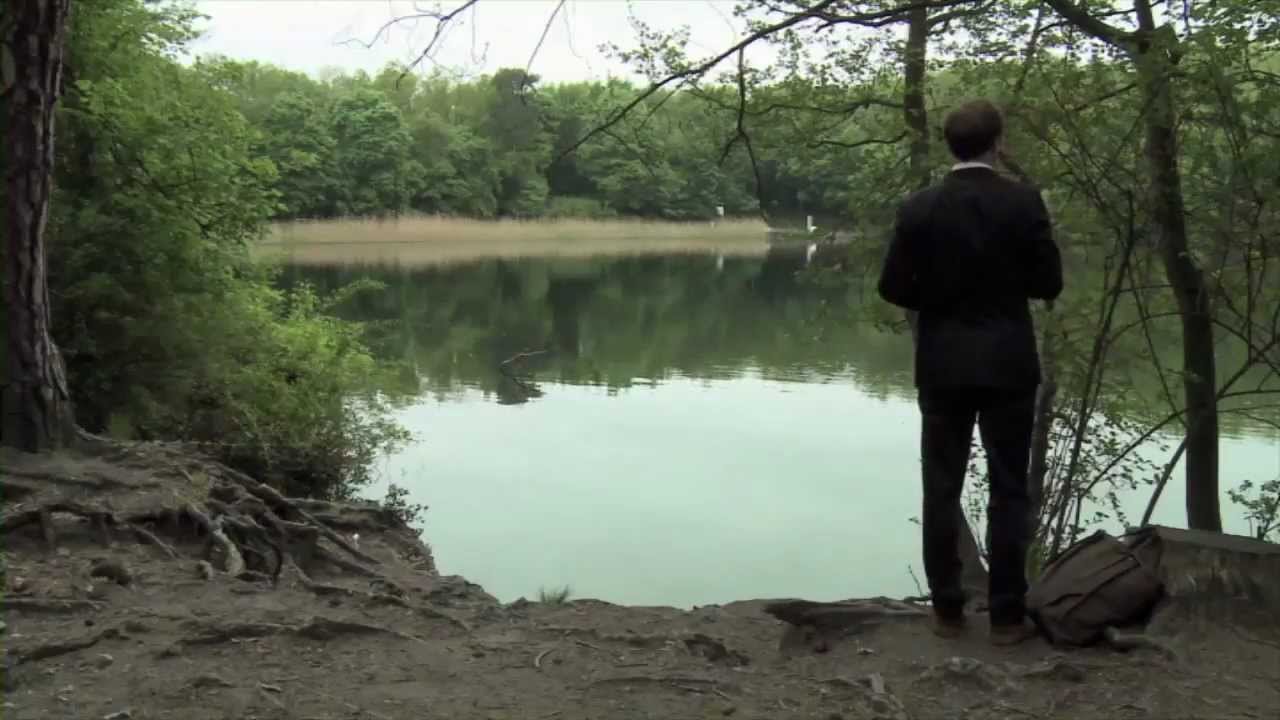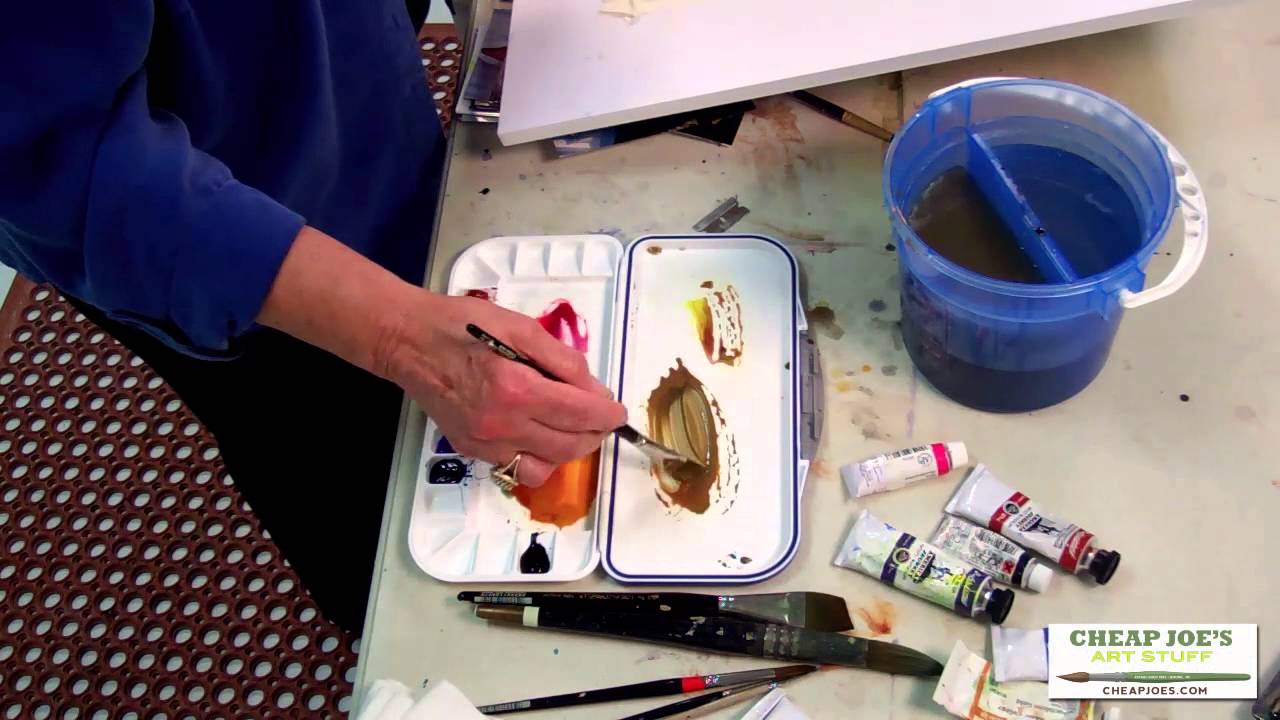Ingo Niermann with Erik Niedling
The Future of Art: A Manual
http://www.amazon.com/gp/product/1934105635/ref=s9_simh_gw_p14_d0_g14_i1?pf_rd_m=ATVPDKIKX0DER&pf_rd_s=center-2&pf_rd_r=17S5RXDZG56VWZGP7P01&pf_rd_t=101&pf_rd_p=470938631&pf_rd_i=507846
With guidance by Thomas Bayrle, Olaf Breuning, Genesis and Lady Jaye Breyer P-Orridge, Olafur Eliasson, Harald Falckenberg, Boris Groys, Damien Hirst, Gregor Jansen, Terence Koh, Gabriel von Loebell, Marcos Lutyens, Philomene Magers, Antje Majewski, Hans Ulrich Obrist, Thomas Olbricht, Friedrich Petzel, and Tobias Rehberger; and commentary by Chus Martínez
In 1831 Honoré de Balzac wrote a short story, “The Unknown Masterpiece,” in which he invented the abstract painting. Almost 200 years later, writer Ingo Niermann tries to follow in his footsteps to imagine a new epoch-making artwork. Together with the artist Erik Niedling he starts searching for the future of art and, seeking advice, meets key figures of the art world.
Including the DVD The Future of Art by Erik Niedling and Ingo Niermann (HD, 157 min.).
Design by Judith Banham, Middlecott Design
Sternberg Press
September 2011, English
14 x 20 cm, 320 pages, 37 b/w ill., softcover
ISBN 978-1-934105-63-4
Erik Niedling
Source




omg can i just have it? i love these guys! lol! well i think he starts off with the wrong question though, art is not necessarily material right? or an object¿? so … it is not one object that'll change the world of art, it is ONE's own WORK (material or immaterial) which will change ONE'S own WORLD, and therefore, it might add something interesting for everyone else in the art world (or just out there) to be inspired by, interested in, or simply intrigued by as well.
It seems to me like the subject is the artifact of the previous moment in which that object becomes a part of a organized process that ultimately manifests as an anthropocentric necessity to create art and the dialogue about that ownership or cost of art.
I can't believe nobody during the film tells Niermann that the idea of the pyramid sucks